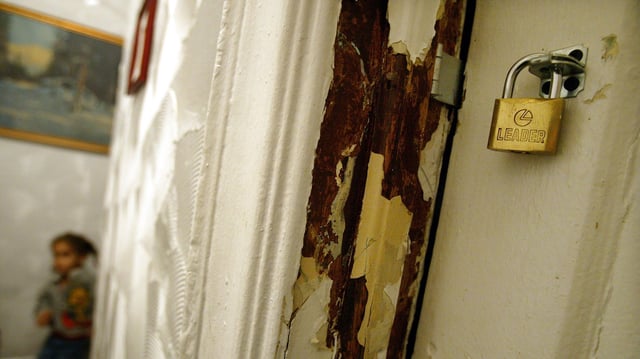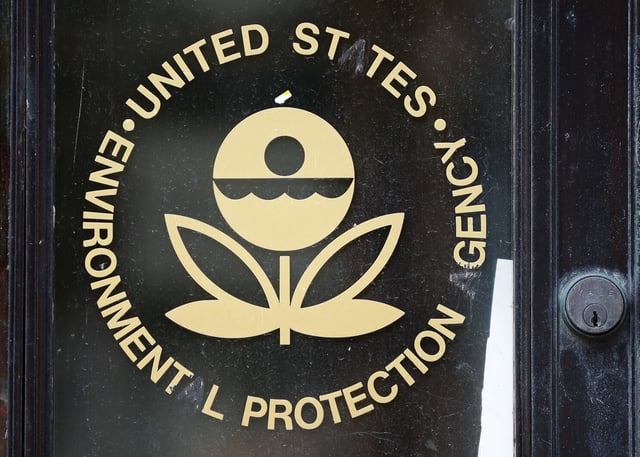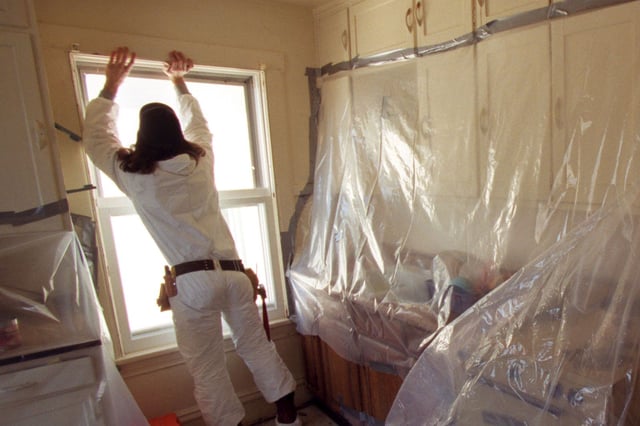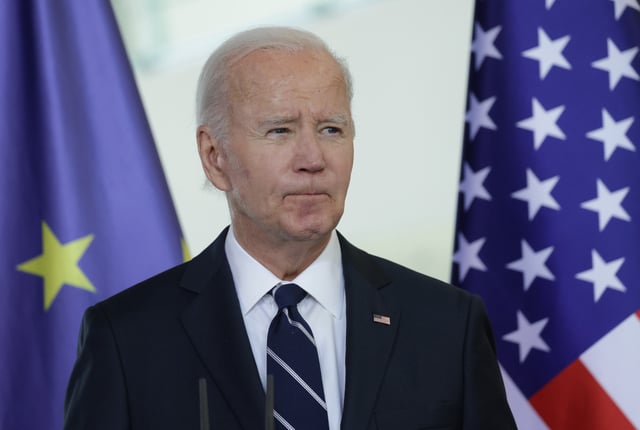Overview
- The new EPA standards classify any detectable lead paint dust as hazardous, requiring cleanup by property owners.
- The rule is expected to reduce lead exposure for up to 1.2 million people annually, including hundreds of thousands of children under six.
- Lead paint, banned in 1978, still exists in an estimated 31 million homes, posing significant health risks, especially in low-income areas.
- The rule lowers permissible lead dust levels to 5 micrograms per square foot on floors and 40 on window sills, aligning with New York City's standards.
- Critics argue the rule imposes financial burdens on property owners, while advocates praise it as a necessary step for public health protection.



